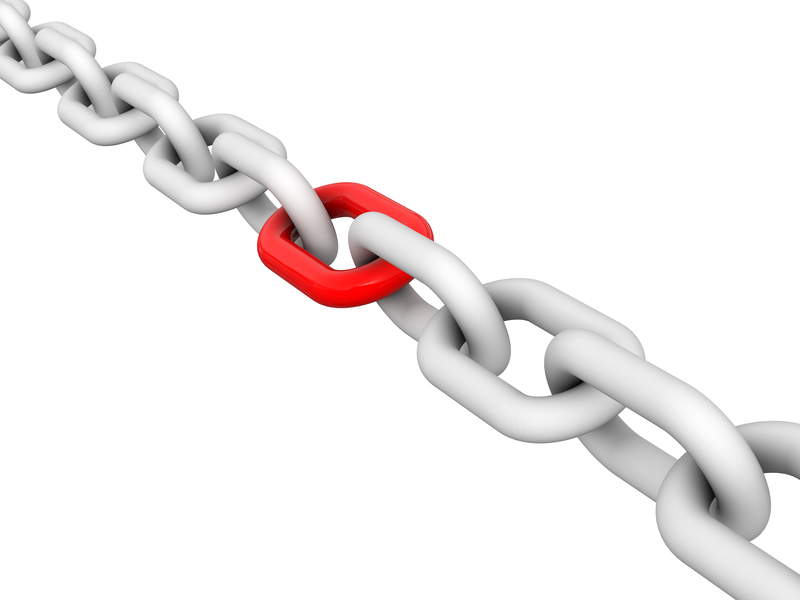
Link Insertions in SEO
The Importance of Link Insertions in SEO: A Comprehensive Guide
In the ever-evolving world of digital marketing, search engine optimization (SEO) remains a cornerstone for driving organic traffic and improving online visibility. Among the myriad of SEO strategies, link insertions—strategically placing links within existing content—play a pivotal role. This blog will explore what link insertions are, why they are crucial for SEO, and how to implement them effectively.
Understanding Link Insertions / What Are Link Insertions?
So how do link insertions work, you may be asking yourself? Well, simply put, any link that is included into already-published content is referred to as a link insertion or specialised update. It usually entails asking for a link to your website to be included in published content on another website. Thus, one link-building technique that can significantly boost your SEO is link insertions.
Types of Link Insertions
- Internal Links: Referencing pages within the same website. They help distribute page authority, improve site navigation, and enhance user experience.
- External Links: Links that direct users to pages on different websites. They can increase the content’s legitimacy by citing reliable sources.
The Importance of Link Insertions in SEO
- Improved Crawlability and Indexing
Search engines index and crawl websites using bots. Internal links make it easier for these bots to navigate your website, increasing the amount of material that gets indexed and possibly rated.
. By strategically inserting internal links, you can guide search engines to your most important pages.
- Enhanced User Experience
Internal links provide users with easy access to related content, improving the overall user experience. This can lead to longer session durations, reduced bounce rates, and increased likelihood of conversions. A well-structured internal linking strategy helps users find valuable information quickly, keeping them engaged with your site.
- Distribution of Link Equity
Hyperlinks convey value from one page to another, and this is known as link equity (sometimes called link juice).
By inserting internal links from high-authority pages to other important but less authoritative pages, you can boost their visibility and rankings.
- Boosting Content Relevance and Authority
External links to reputable sources can enhance the credibility and relevance of your content. When you reference authoritative websites, search engines recognize the value you’re providing to users, which can positively impact your rankings. Additionally, external links can help build relationships with other websites, potentially leading to backlink opportunities.
- Supporting Keyword Strategies
Link insertions allow you to use anchor text effectively, helping search engines understand the context and relevance of linked content. By using keyword-rich anchor text, you can reinforce the target keywords for the linked pages, aiding in their optimization.
Effective Strategies for Link Insertions
- Conduct a Link Audit
Start by performing a comprehensive link audit to understand your current linking structure. Identify pages with high authority that could distribute link equity, as well as pages that would benefit from additional internal links.
- Create High-Quality Content
Content is the foundation of any successful SEO strategy. Focus on creating valuable, informative, and engaging content that naturally attracts links. High-quality content is more likely to be referenced by other websites, providing opportunities for external link insertions.
- Use Relevant and Descriptive Anchor Text
Descriptive and pertinent anchor text for connected material is ideal. Avoid generic terms like “click here” and instead use keyword-rich phrases that give users and search engines a clear idea of what to expect.
- Maintain a Balanced Link Profile
Ensure a healthy balance between internal and external links. Too many external links can lead users away from your site, while an overabundance of internal links might appear spammy. Aim for a natural and logical linking structure.
- Update Old Content
Revisit older content and identify opportunities for link insertions. Updating old articles with new internal and external links can refresh their value and improve their SEO performance.
- Monitor and Adjust
Regularly monitor the performance of your link insertions using tools like Google Analytics and Search Console. Track metrics such as traffic, bounce rates, and rankings to assess the effectiveness of your linking strategy and make necessary adjustments.
Conclusion
Link insertions are a powerful and often underutilized tool in the SEO arsenal. When done correctly, they can significantly enhance your website’s visibility, user experience, and authority. By strategically placing both internal and external links within your content, you can guide search engines and users alike to your most valuable pages, boosting your overall SEO performance.
Investing time and effort into a thoughtful link insertion strategy is not just about improving rankings; it’s about creating a seamless, informative, and engaging experience for your audience. As search engines continue to prioritize user-focused content, the importance of effective link insertions will only grow, making it an essential practice for any website aiming for long-term success in the digital landscape.
